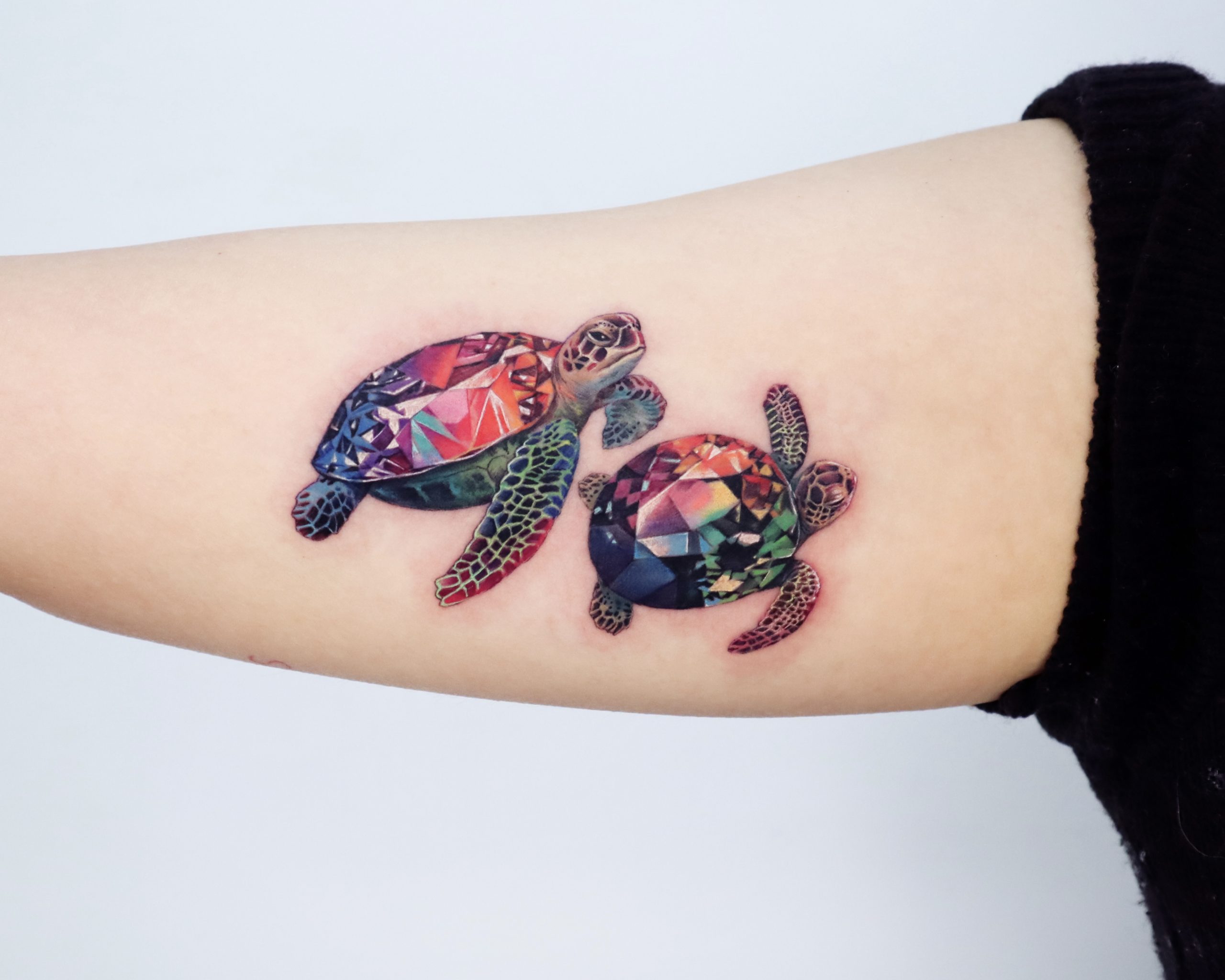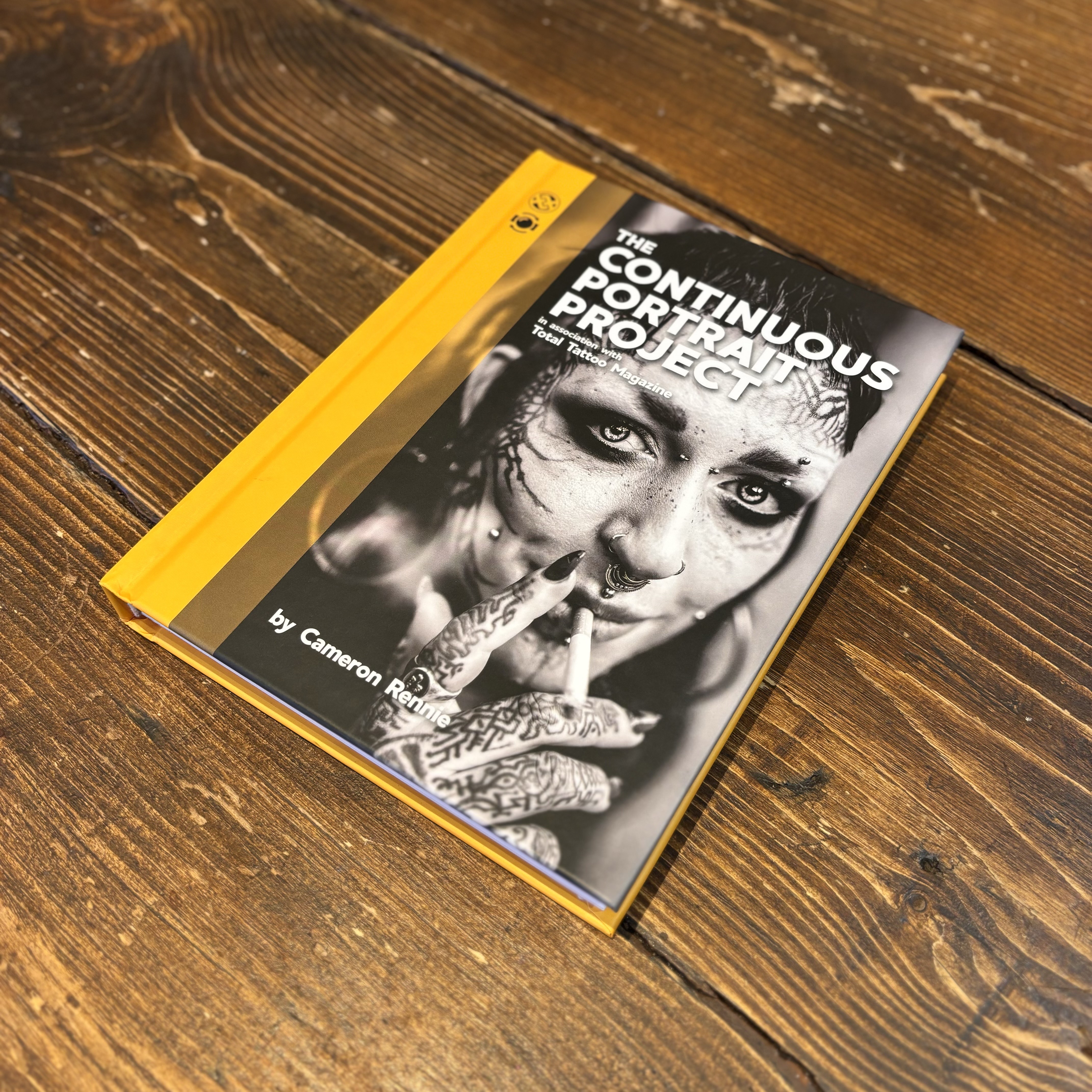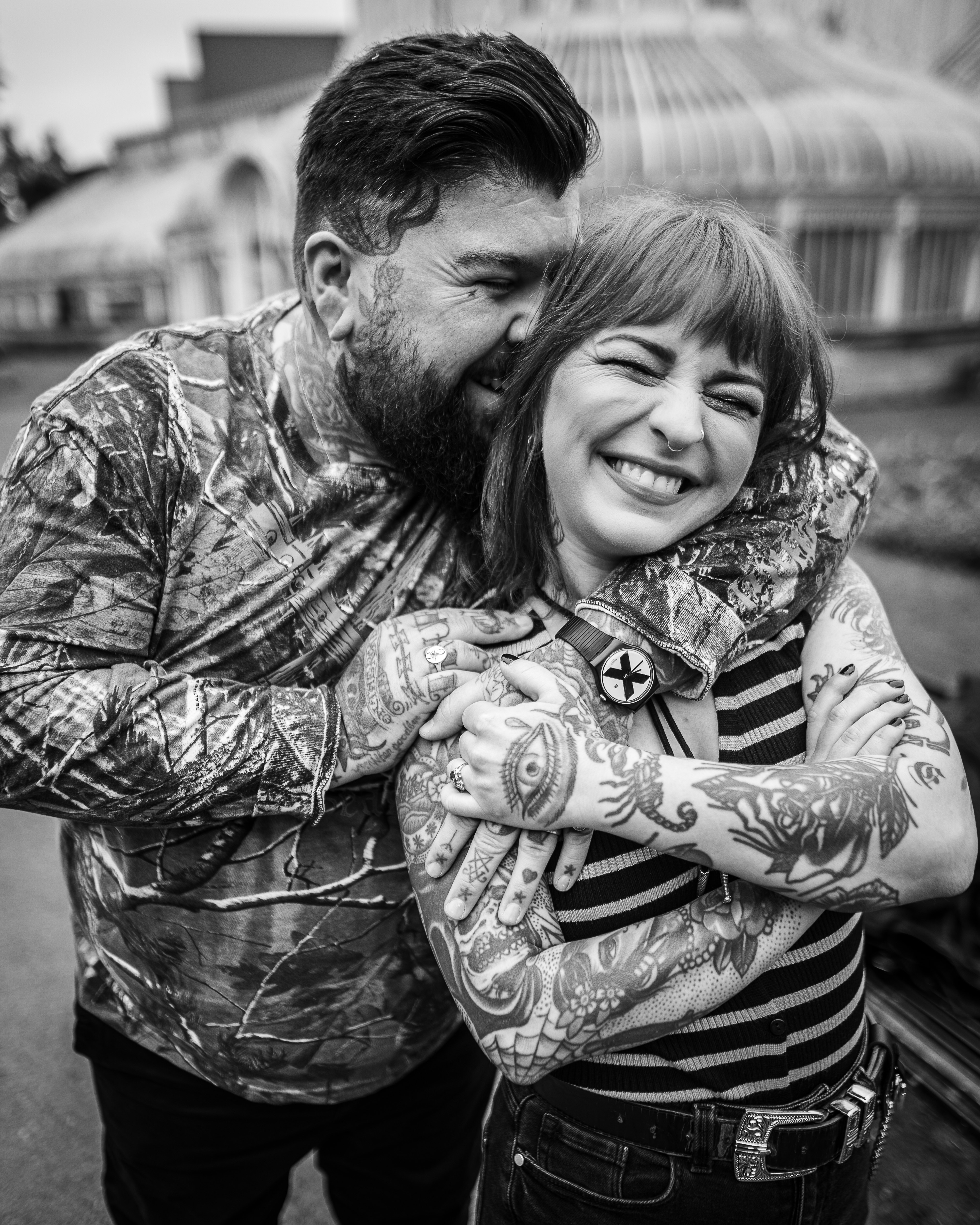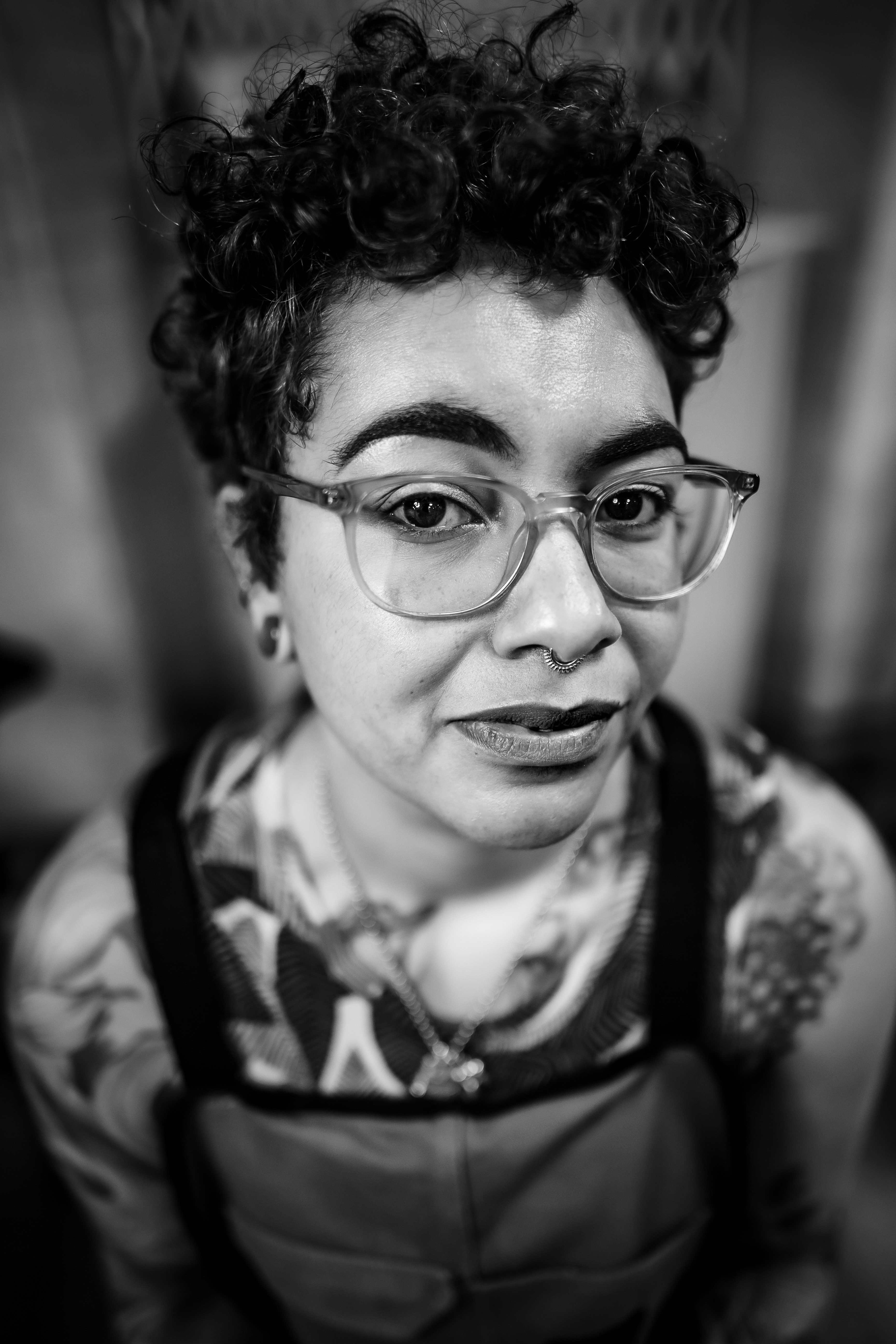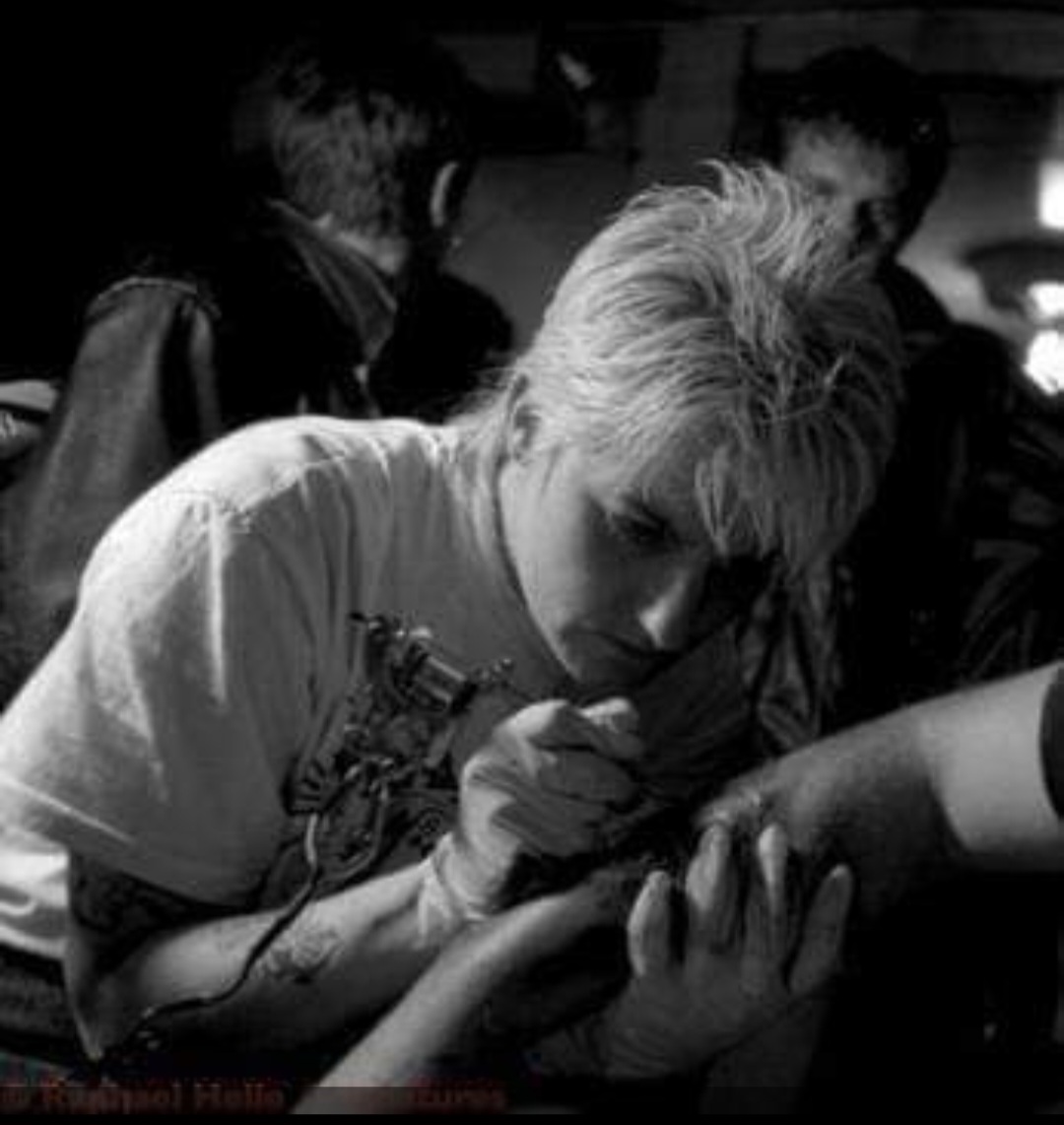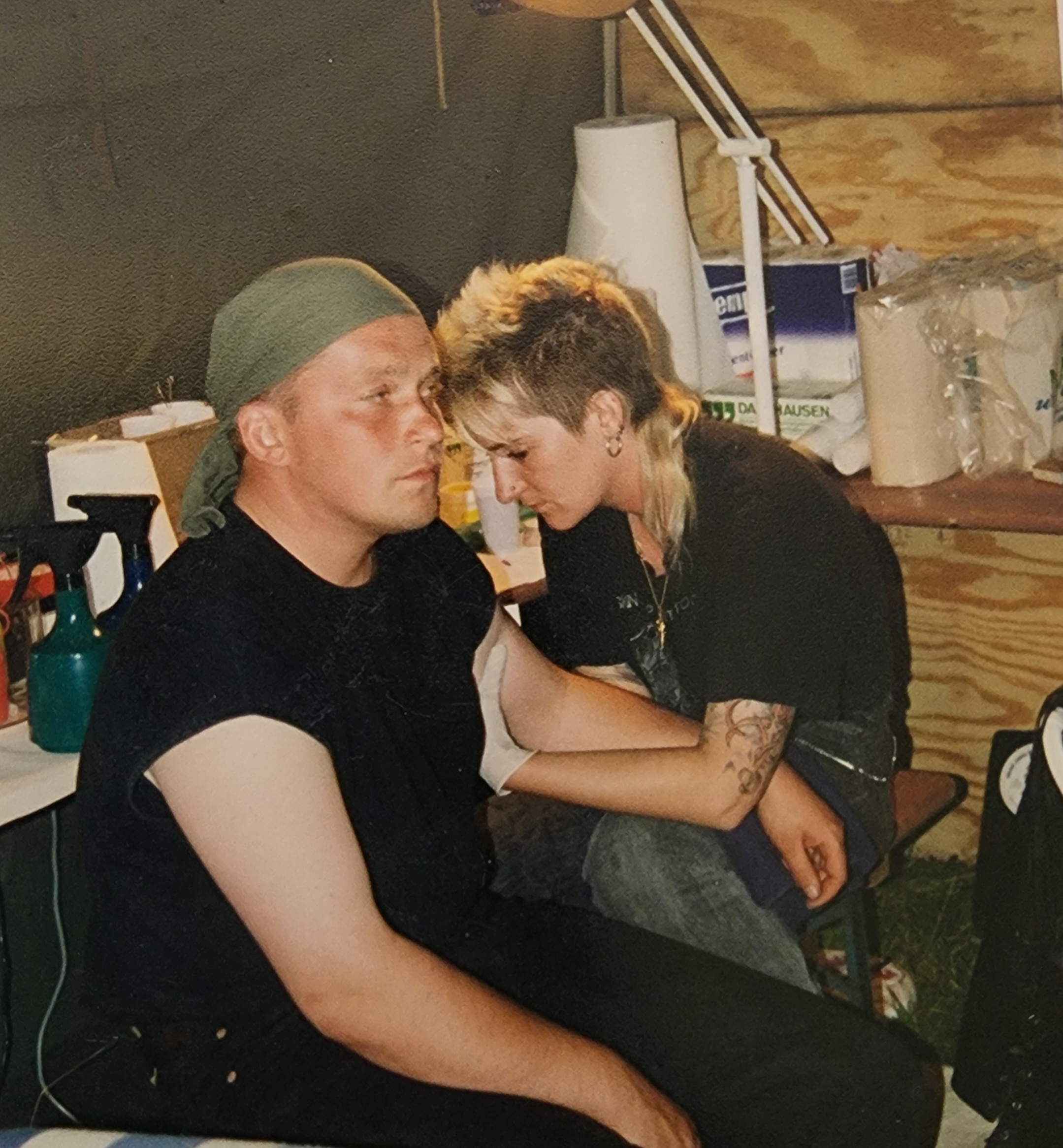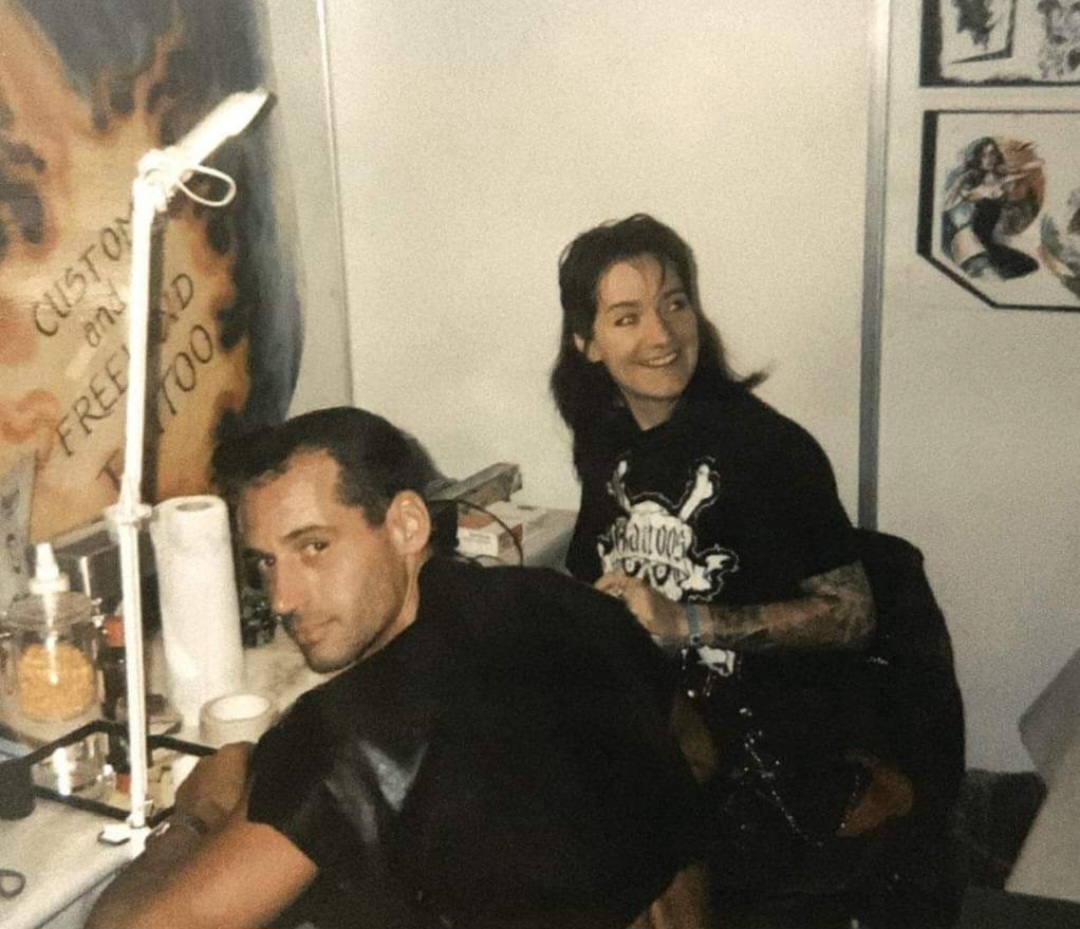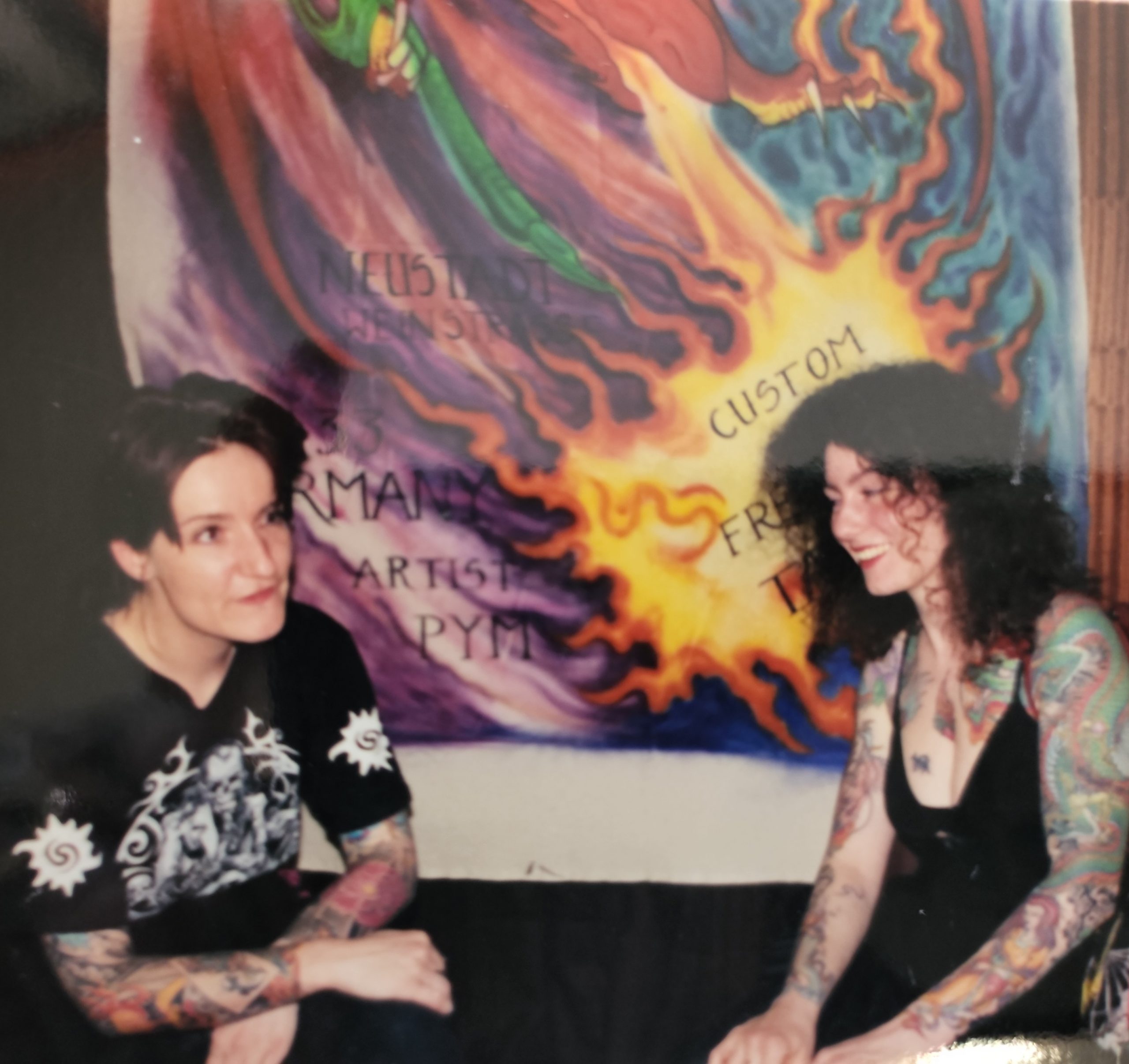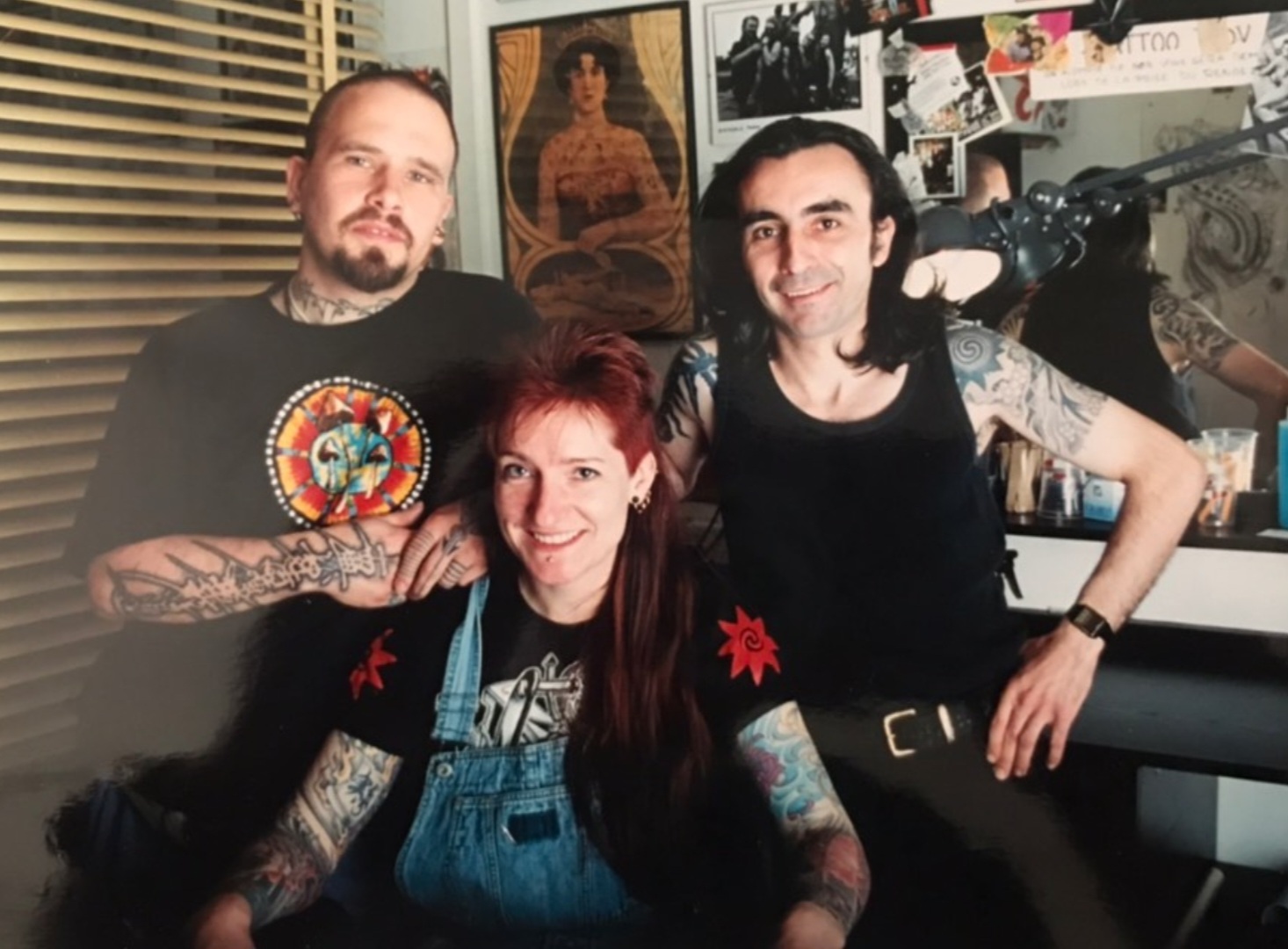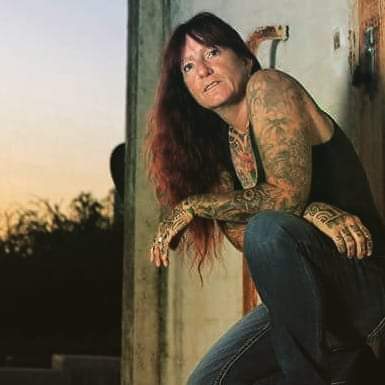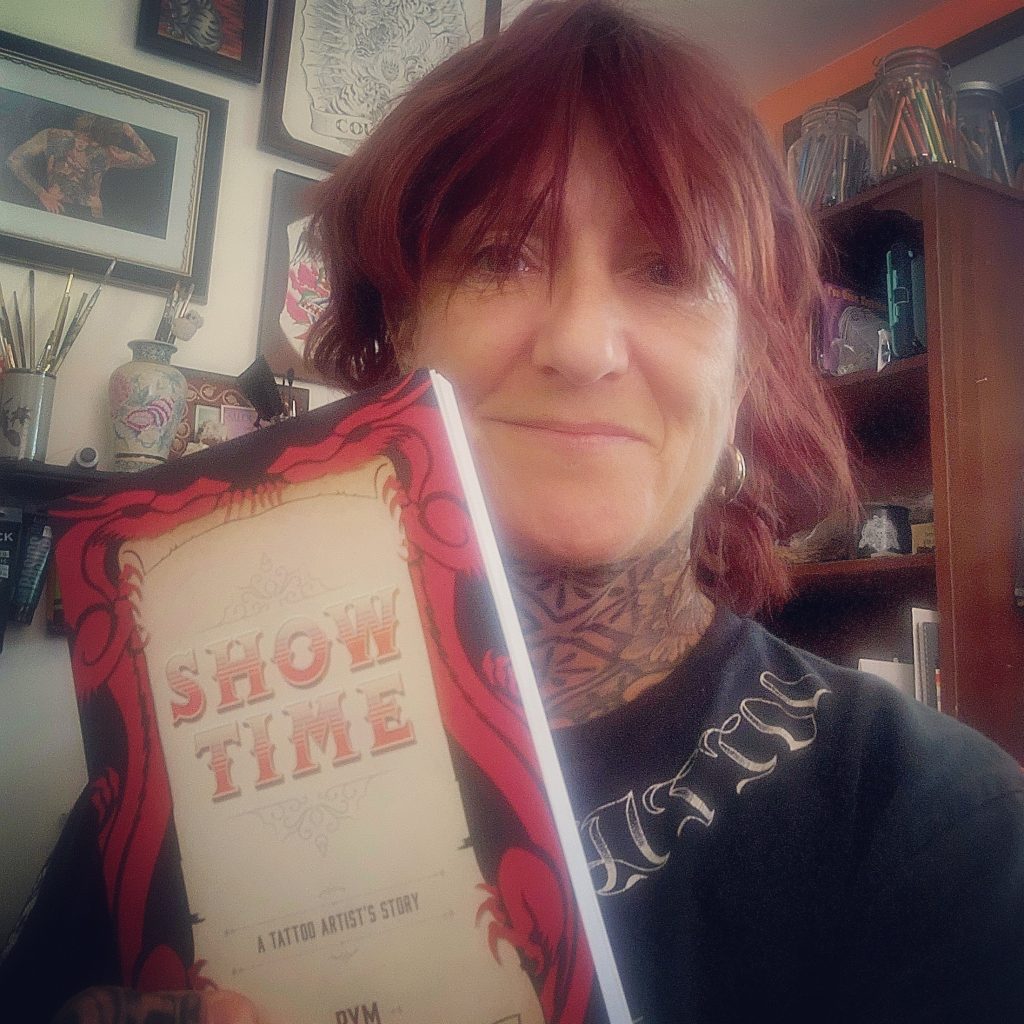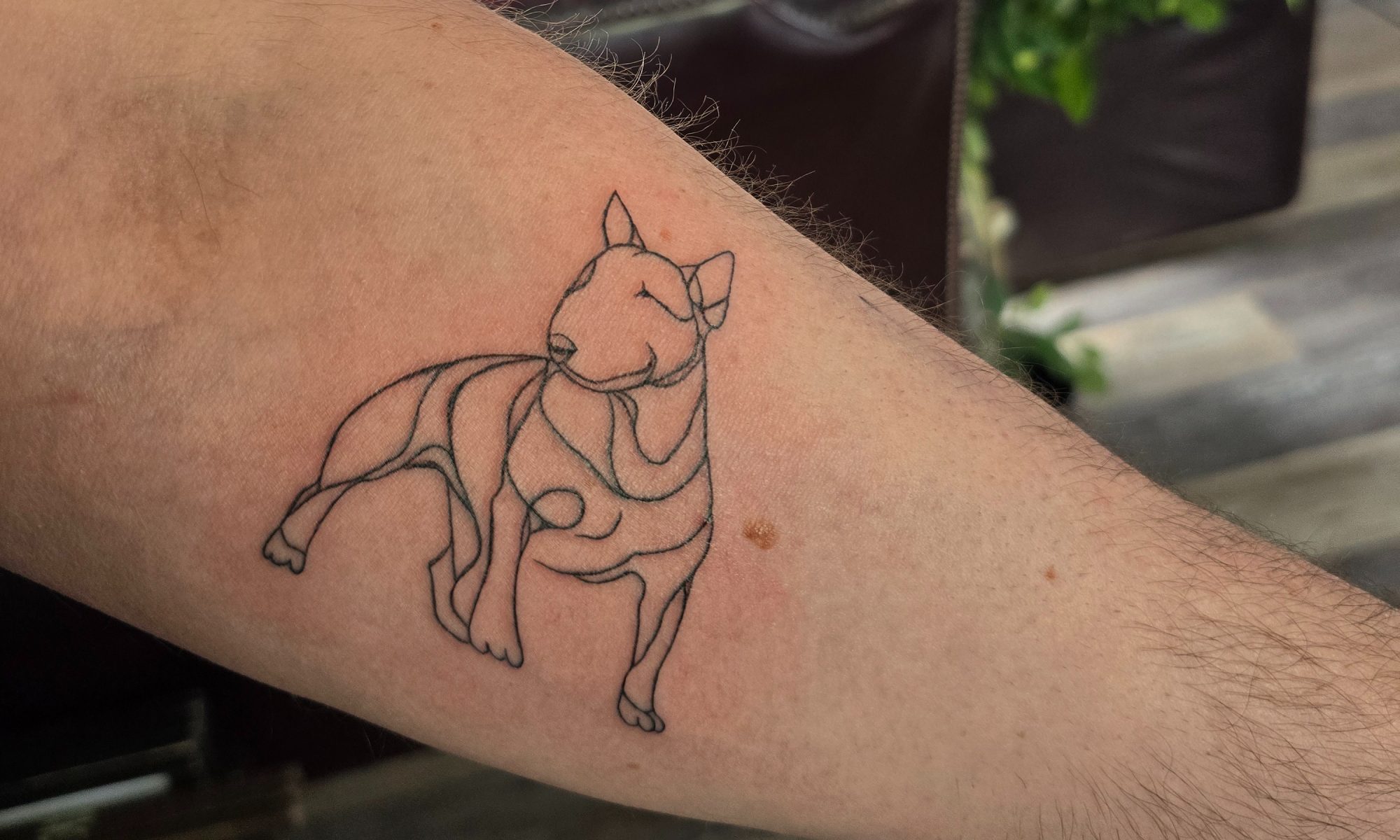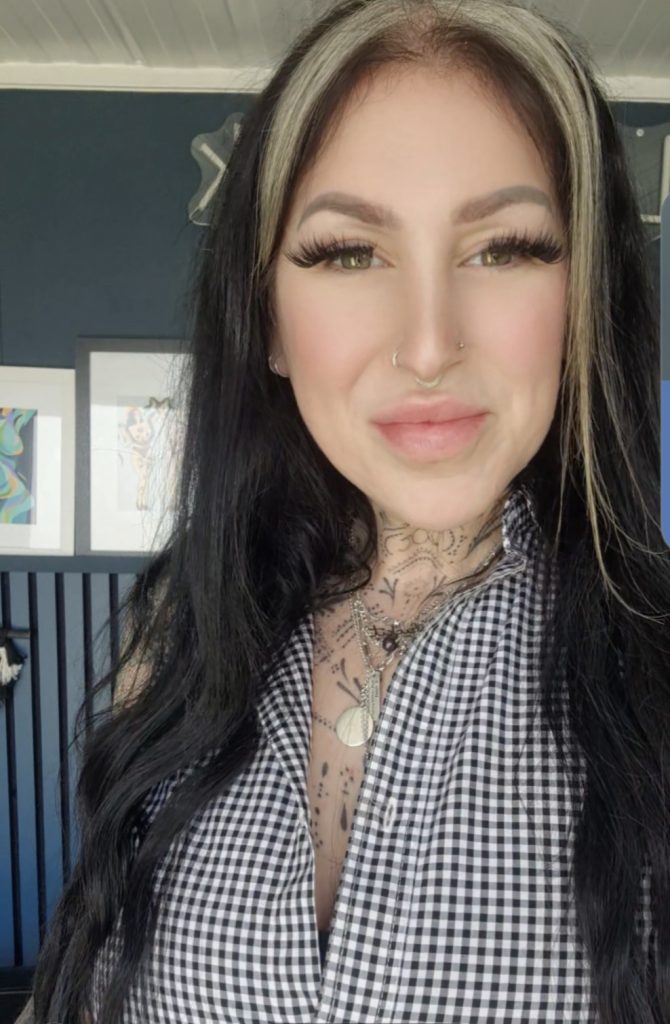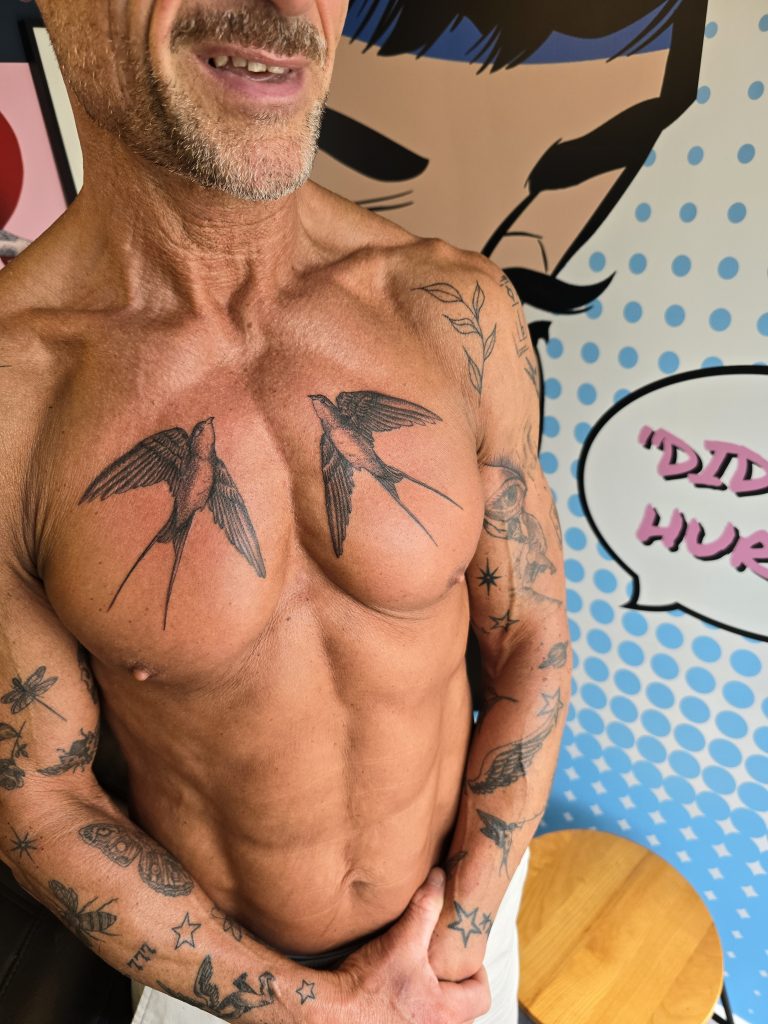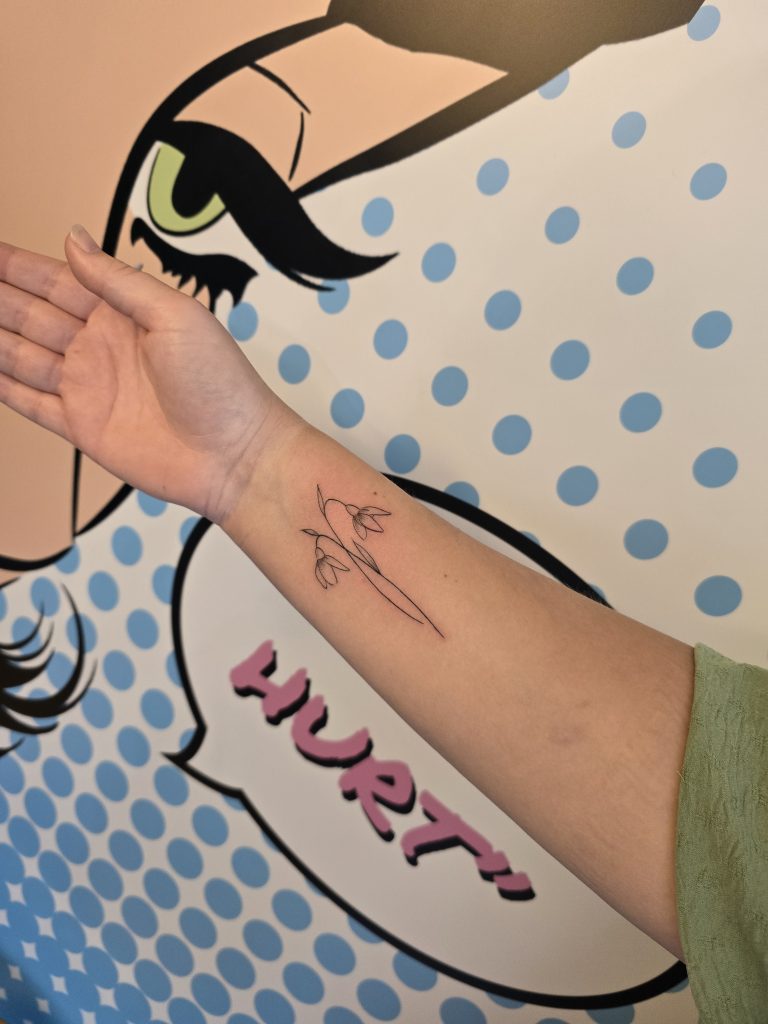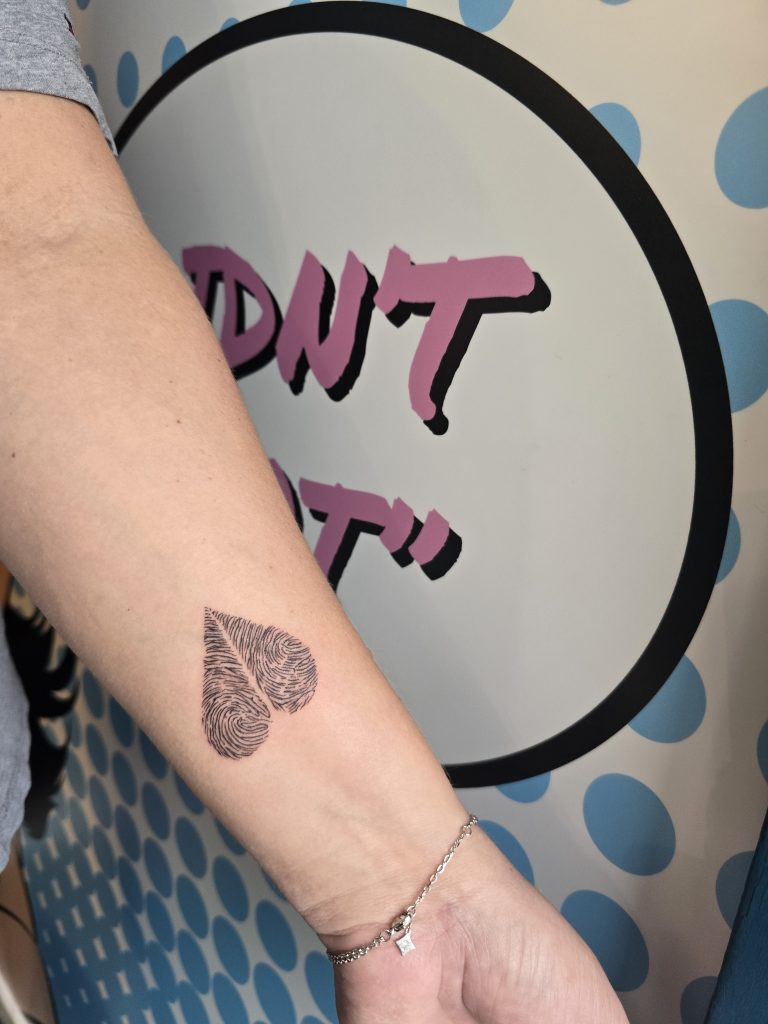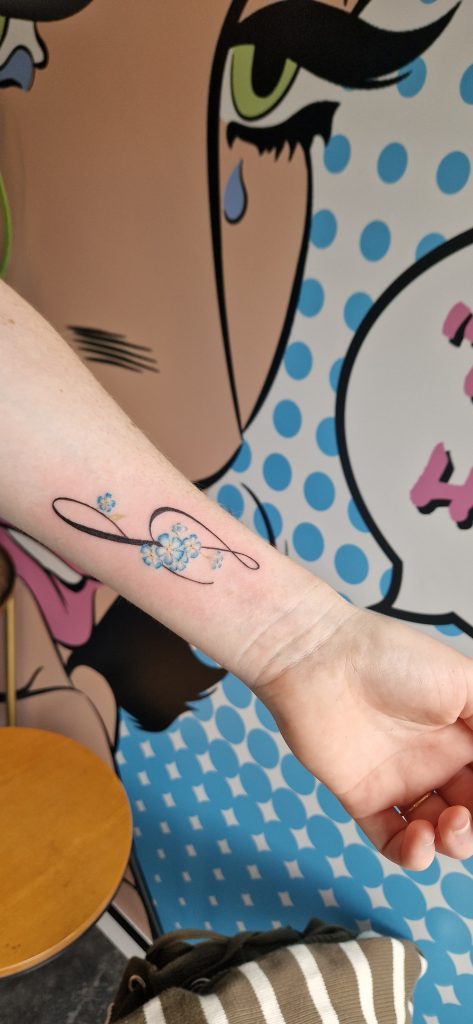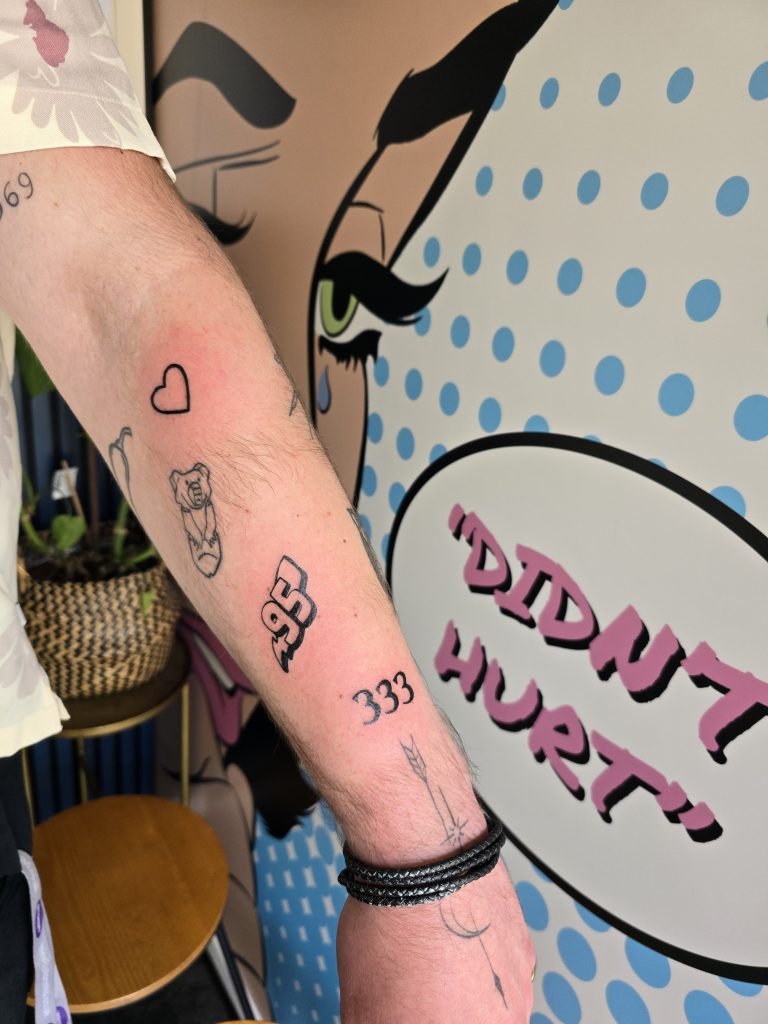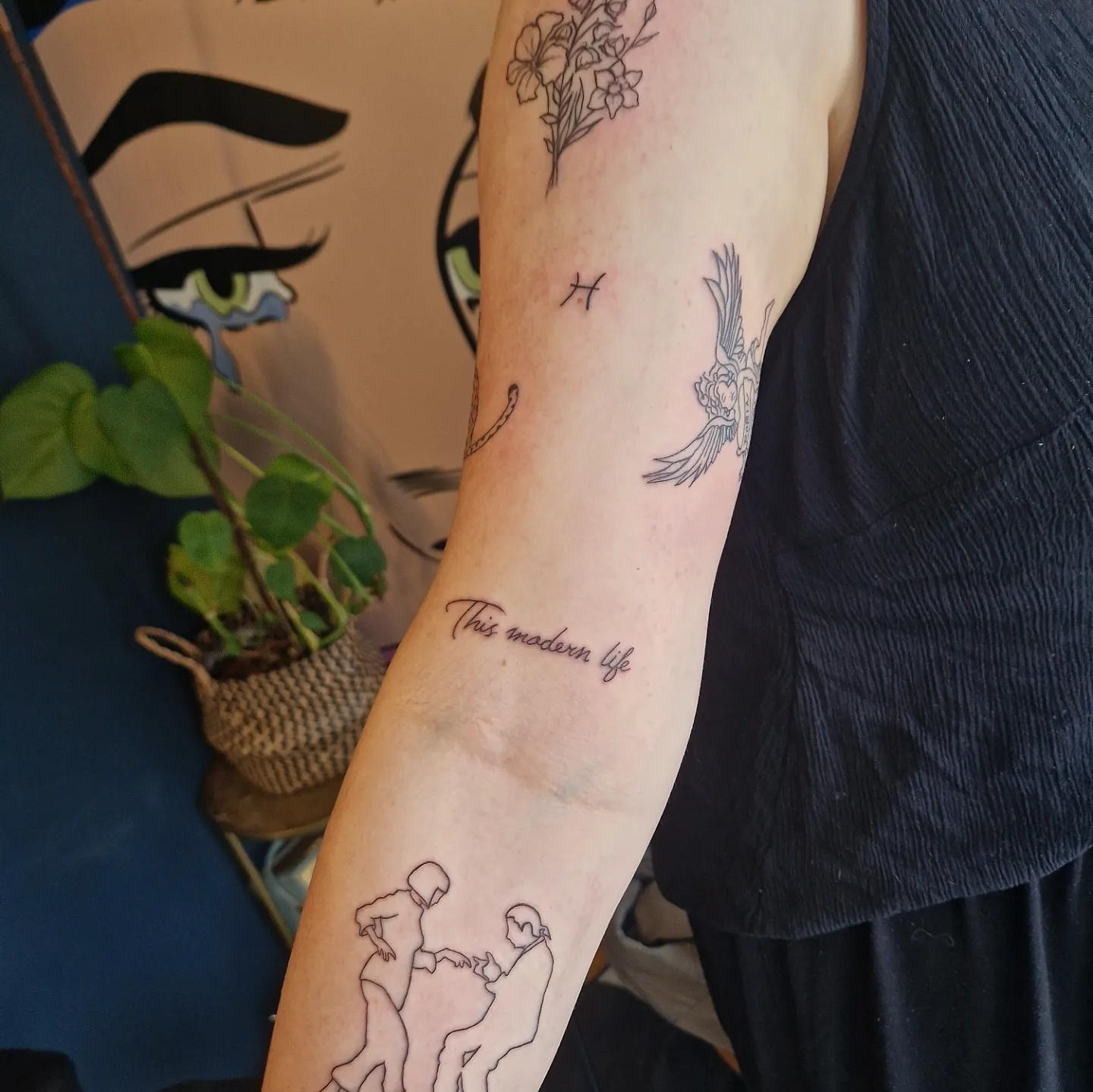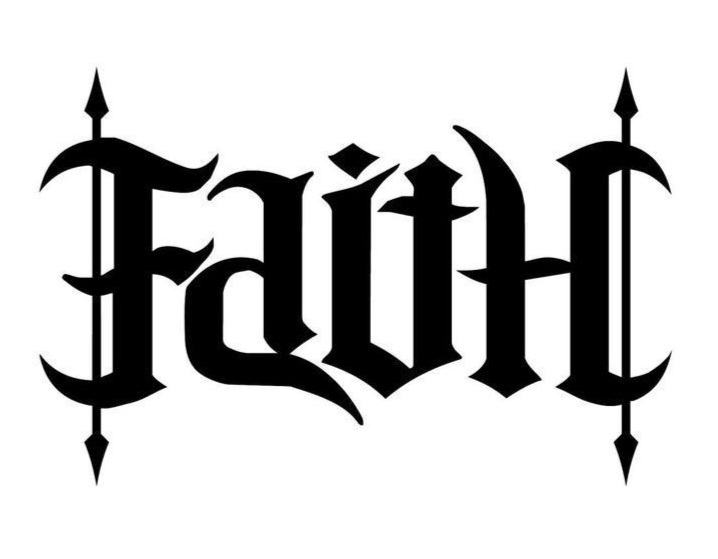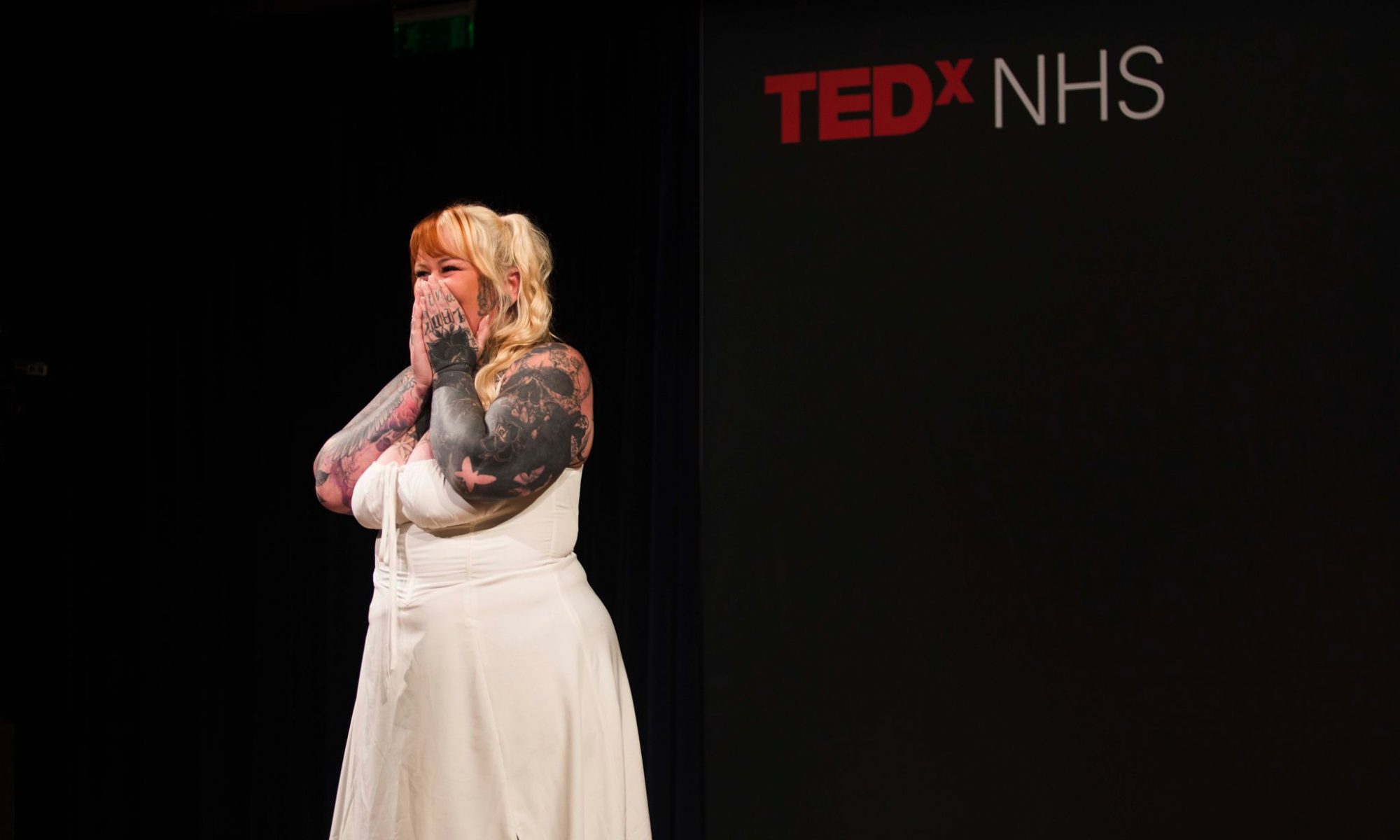Her career in tattooing was sparked by an encounter that changed up her thinking. Here, tattoo artist Jungyeon Kim ( known as Nonlee / @non_lee_ink ) shares her story. And how she morphed her style into the incredible ethereal tattoos she creates today at Ziho Gallery in Seoul, South Korea. Grab yourself a cuppa and settle in for the journey.
What made you fall in love with tattoos?
Before becoming a tattoo artist, I spent nine years teaching students watercolour painting and pencil drawing. One day, a student came to my art class with a unique request: he wanted to learn basic drawing skills to pursue a career in tattooing. While I had personal experience with tattoos, I’d never considered becoming a tattoo artist myself.
This encounter sparked a new interest in me. Even though I found joy in teaching and seeing my students succeed, I always yearned to create art for myself. The pandemic, despite its challenges, provided me with the opportunity to explore new avenues.
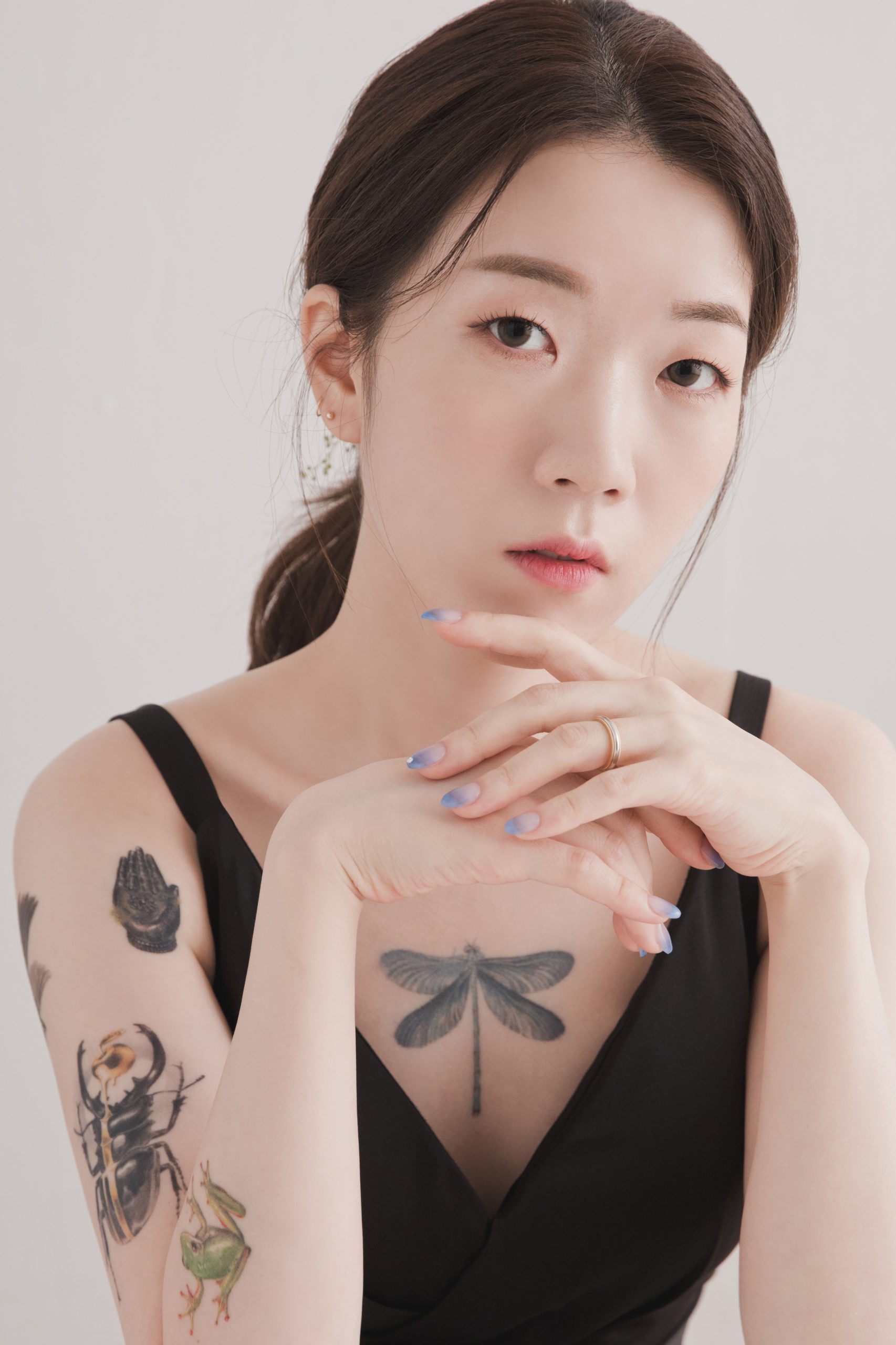
Your background is in art and teaching, what drew you to this in the first place?
I began teaching art out of necessity. Like many art students, I needed a part-time job to support my tuition and art supplies. Having graduated from an art high school, I had a strong foundation and was able to earn a higher hourly rate. Even after graduating from university, I continued teaching because I enjoyed the interaction with students and the work was a good fit for my outgoing personality.
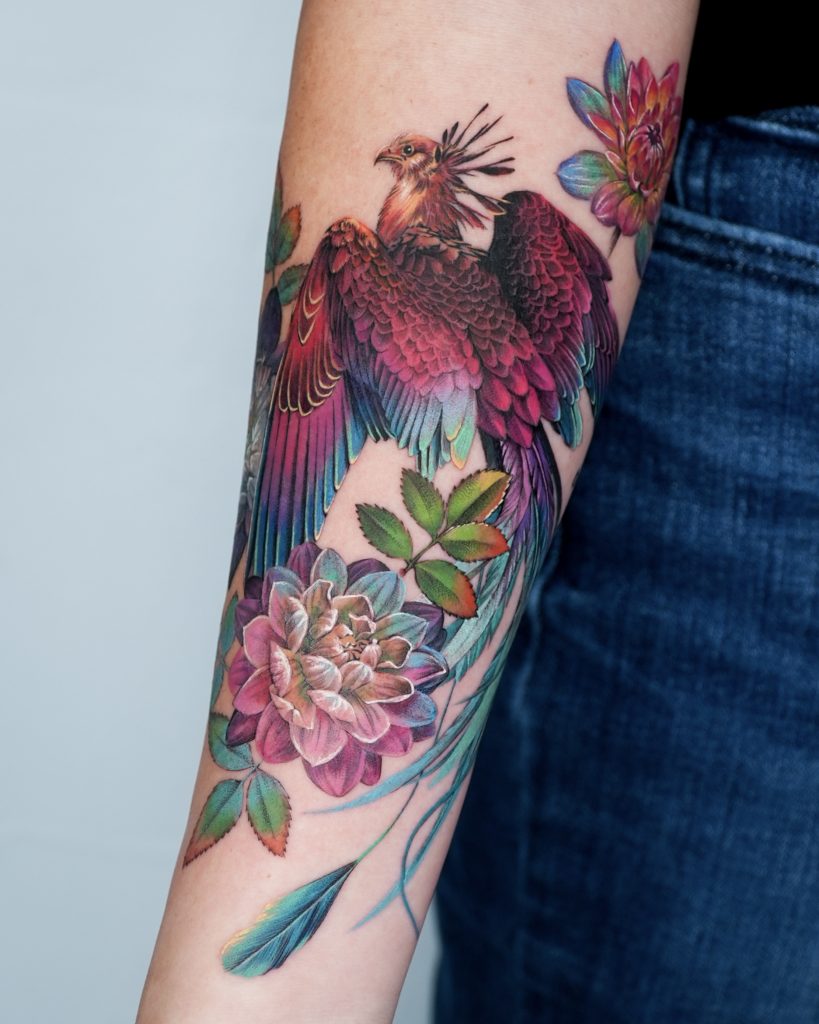
With your teaching experience, would you ever consider having an apprentice?
I have prior experience teaching tattooing. I currently work with tattooist Ziho at Ziho Gallery in Seoul, Korea. We occasionally hold tattoo workshops. While Ziho primarily leads these workshops, I’ve assisted him and co-taught on several occasions.
Tell us more about the studio, what’s it like?
The studio houses a diverse group of artists, and I find it both beneficial and enjoyable to collaborate with individuals who share similar styles and genres.

How long have you been tattooing for?
I began my tattooing journey in March 2021 under the mentorship of renowned tattoo artist Ziho. I wanted to maximise my artistic potential and create a style that best showcased my abilities.
We love your tattoos, can you tell us about your own tattoo collection?
I have around 17 tattoos. While I cherish them all, three hold a special place in my heart. The most recent one, which has just healed, is florals from @sian_ttt. The second one is a beautifully recreated moth tattoo done by @n.o.u.v.e.a.u. And the third one was done by @oozy_tattoo, one of the artists who inspired me to start tattooing.
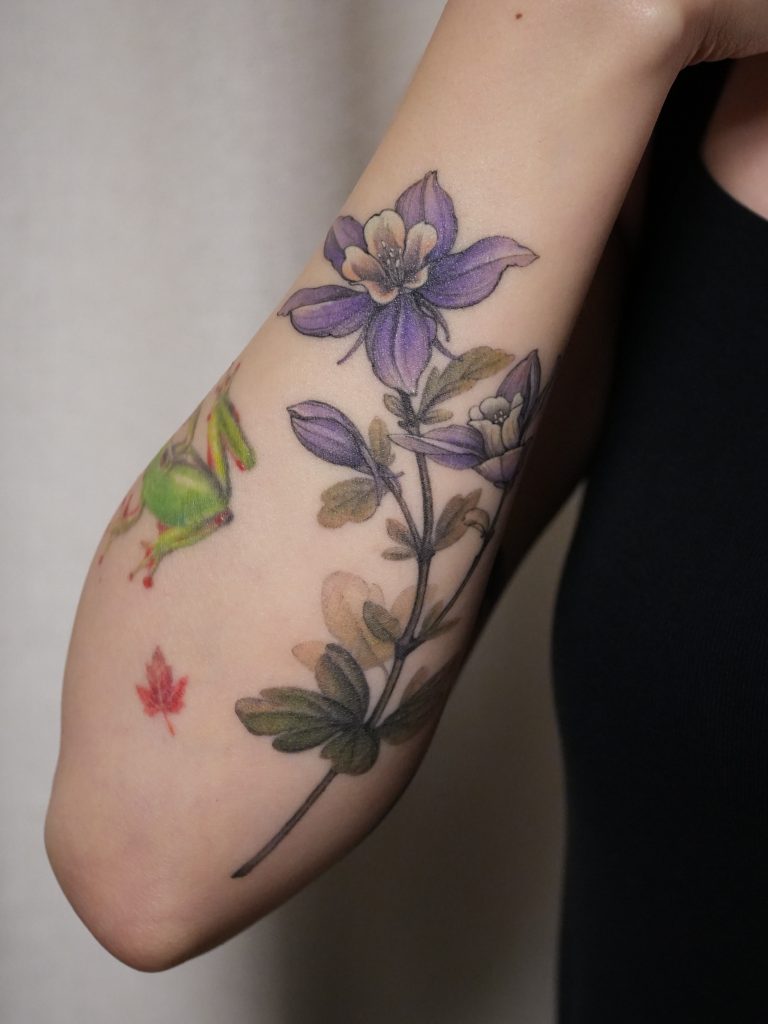
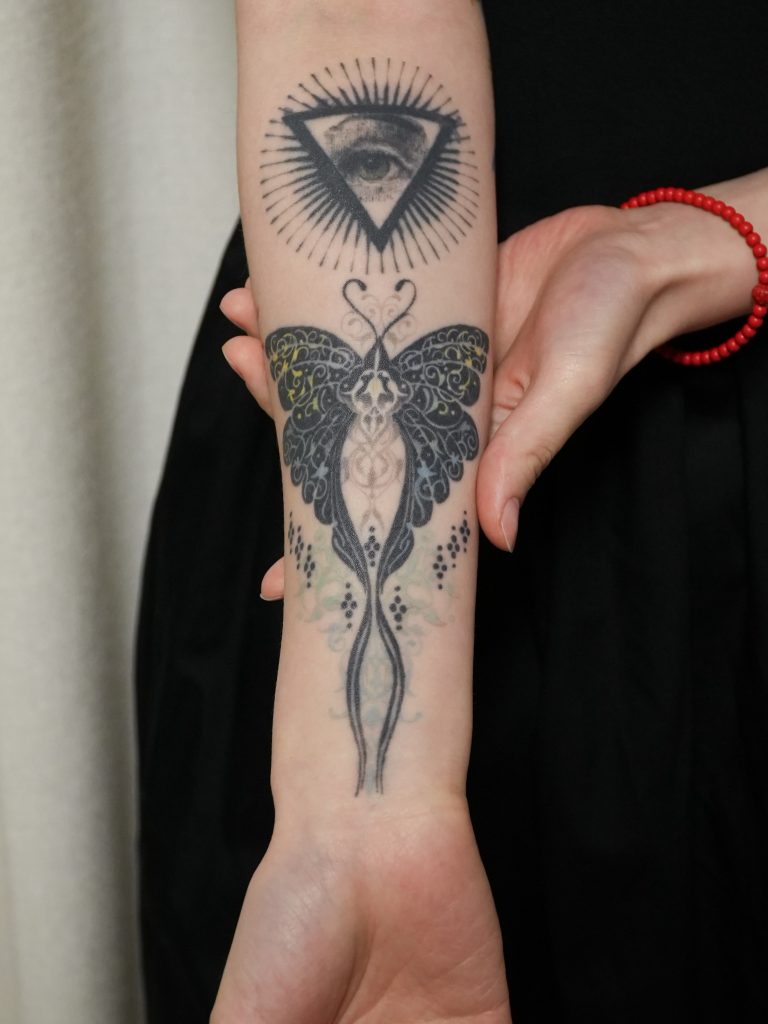
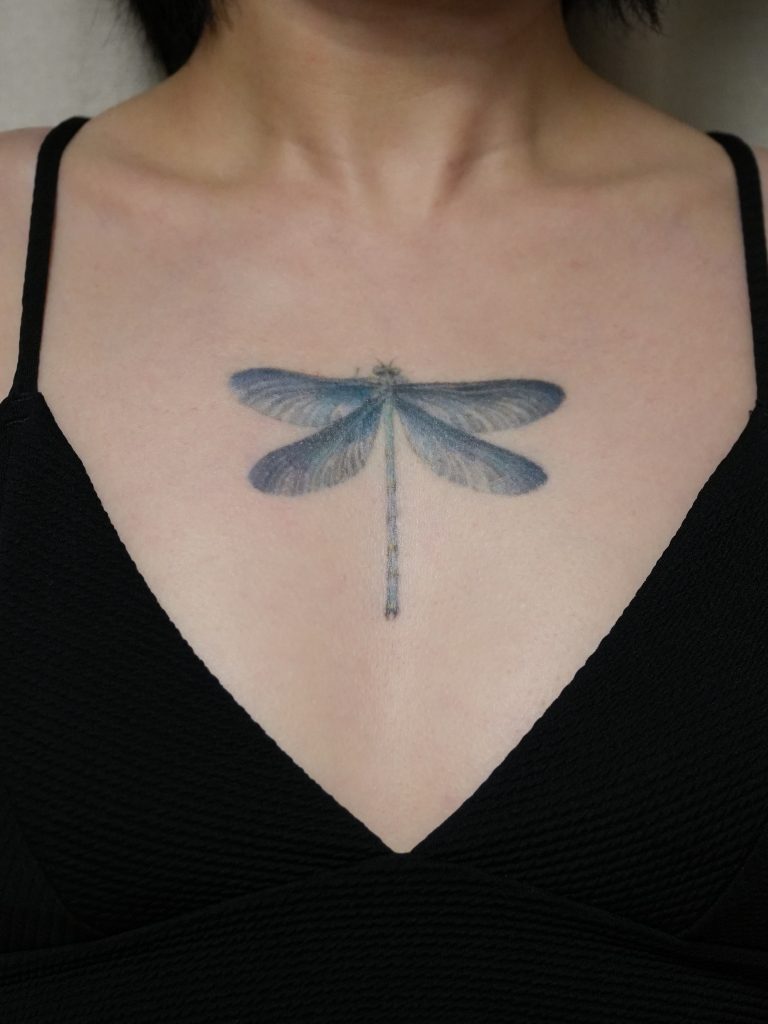
Your work has a magical quality to it – ethereal and beautiful – how would you describe it?
My style is primarily based on hyperrealism but leans towards botanical illustration. The most distinctive feature of my tattoos is the use of vibrant and bold colours.
My background in fine art allows me to incorporate elements of oil painting and watercolour techniques into my tattoos, resulting in a unique style that sets me apart from traditional tattoo artists.
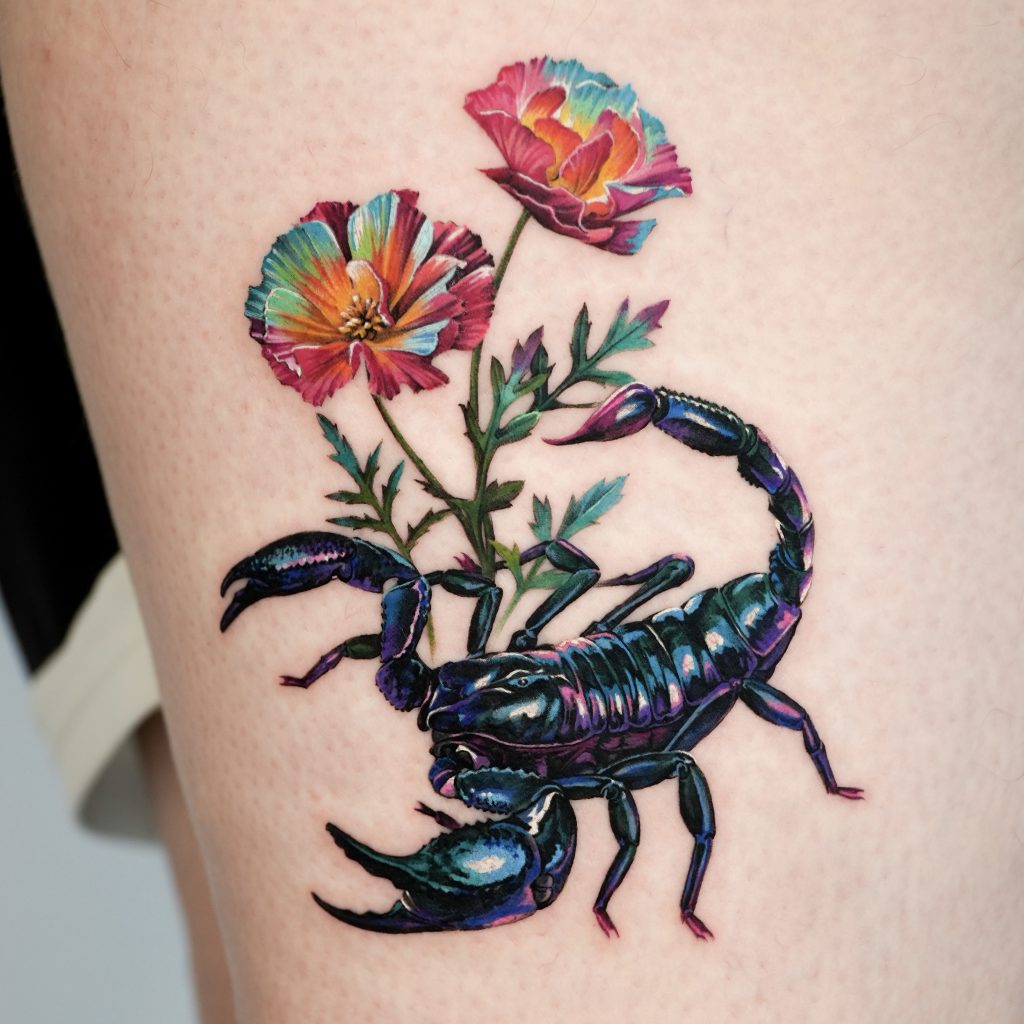
Have you always painted?
My undergraduate major was sculpture. However, I’ve also explored two-dimensional mediums such as painting and printmaking. While I’m currently focused on tattooing, my sculptural background has given me a strong foundation in three-dimensional form and light and shadow, which I believe enhances my tattoo designs.
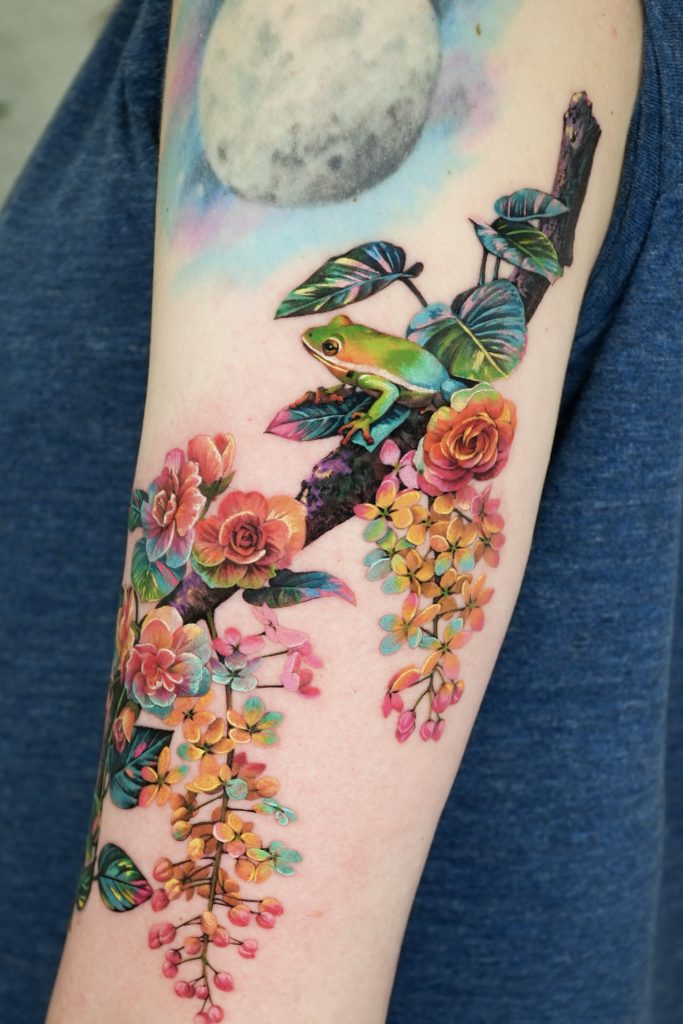
Where does your inspiration come from?
Nature is my biggest source of inspiration. Everything in nature can be a subject for my tattoos. I often go bush walking, visit the beach to observe marine life, or simply explore my surroundings. I spend a lot of time photographing plants in my neighbourhood, especially during spring and summer.
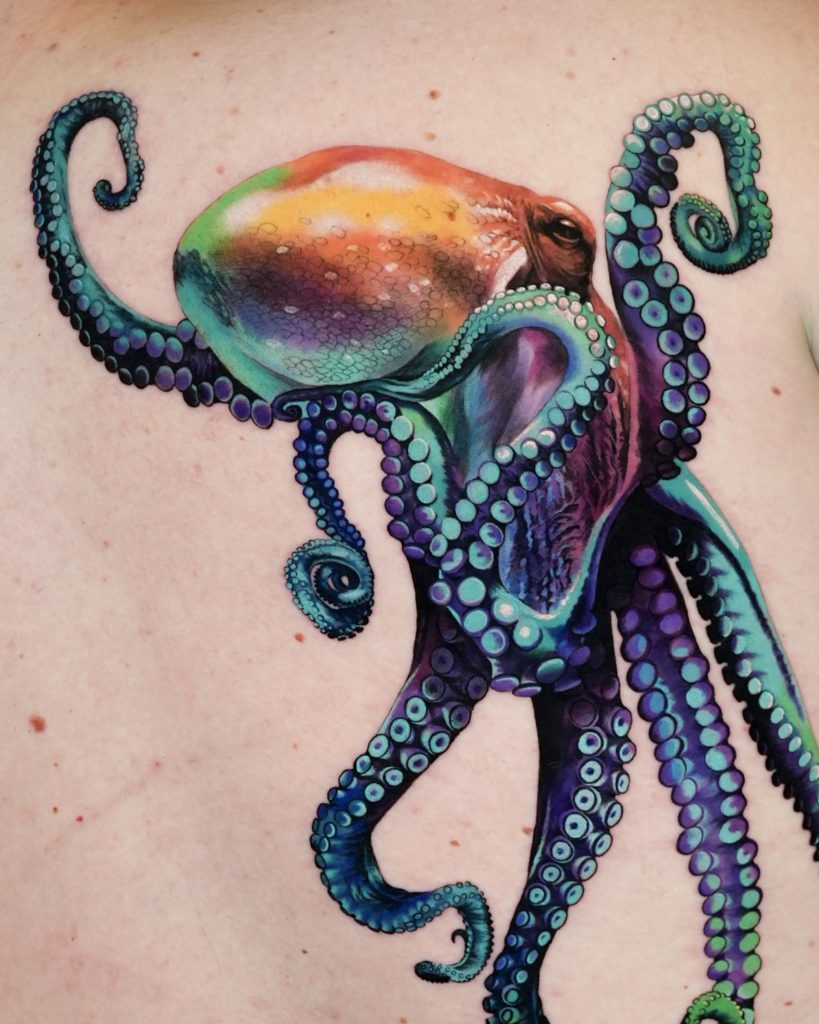
How do you like to work with customers? Do you do mostly custom work or flash too?
I primarily create custom designs tailored to each individual client. I enjoy exploring new subject matter, and I’m often inspired by the unique ideas that my clients bring to the table. However, I also create flash designs, which allow me to explore my own personal interests.
What’s next for you? How would you like your work and style to progress?
I’m interested in gradually transitioning to larger-scale projects. As an artist who pays meticulous attention to detail, I am exploring ways to maintain a high level of detail while scaling up my work.

Do you ever do guest spots and how do we book in?
I announce the dates and locations of my guest spots on Instagram. I usually post this information one to two months in advance, so it’s best to follow my account for updates. In countries where there is potentially a large customer base, spots can fill up within a week.
Make sure to follow Nonlee on Instagram @non_lee_ink for more tattoos and to book yours.
We’re always talking to amazing tattoo artists, check out our latest interviews.
